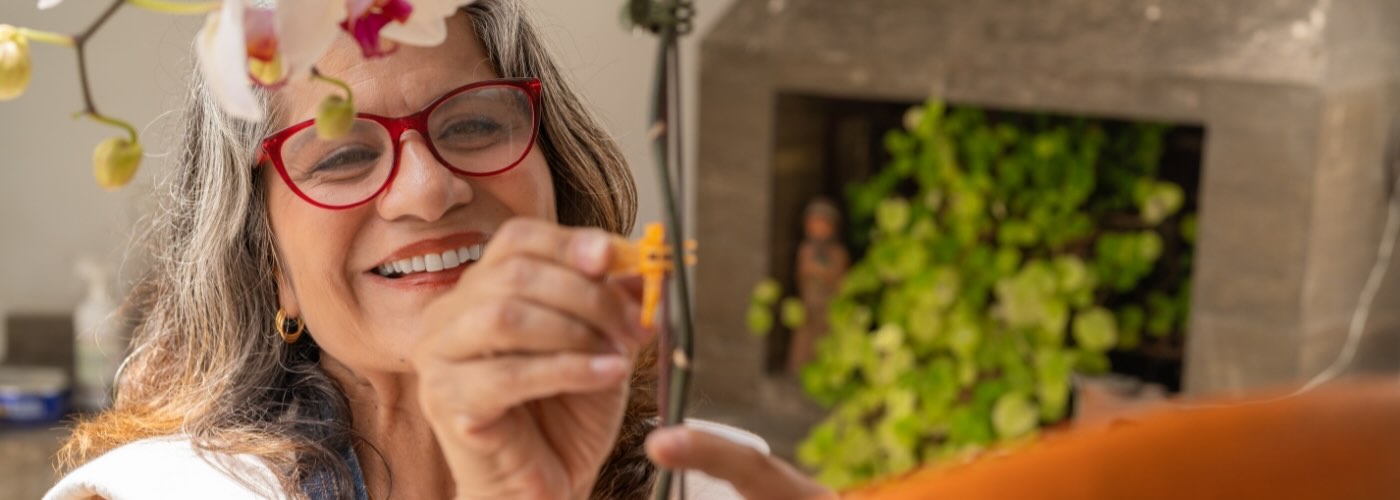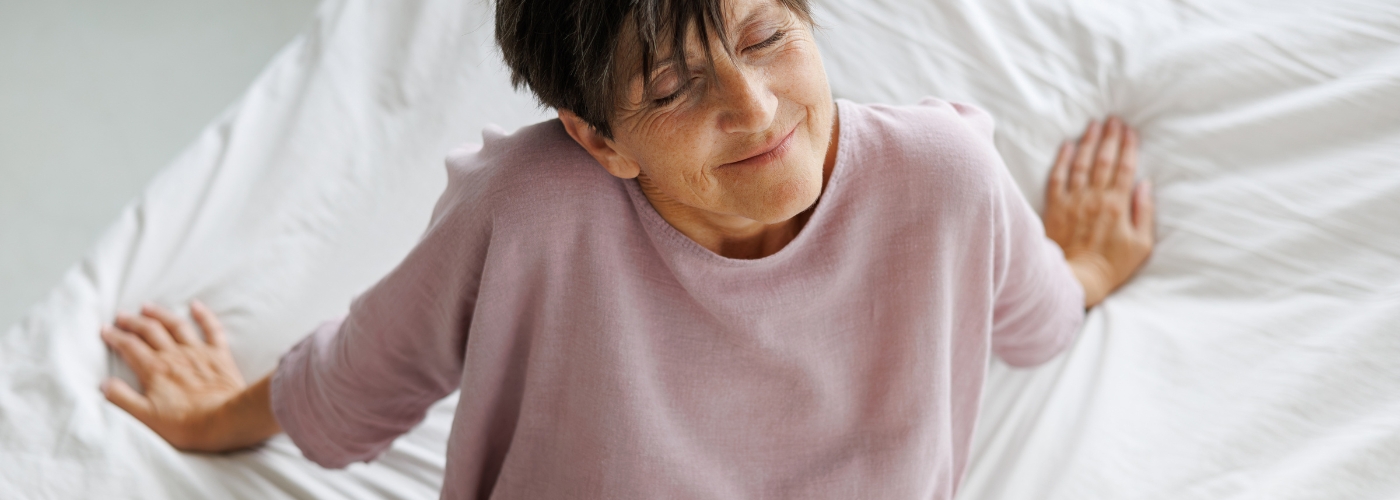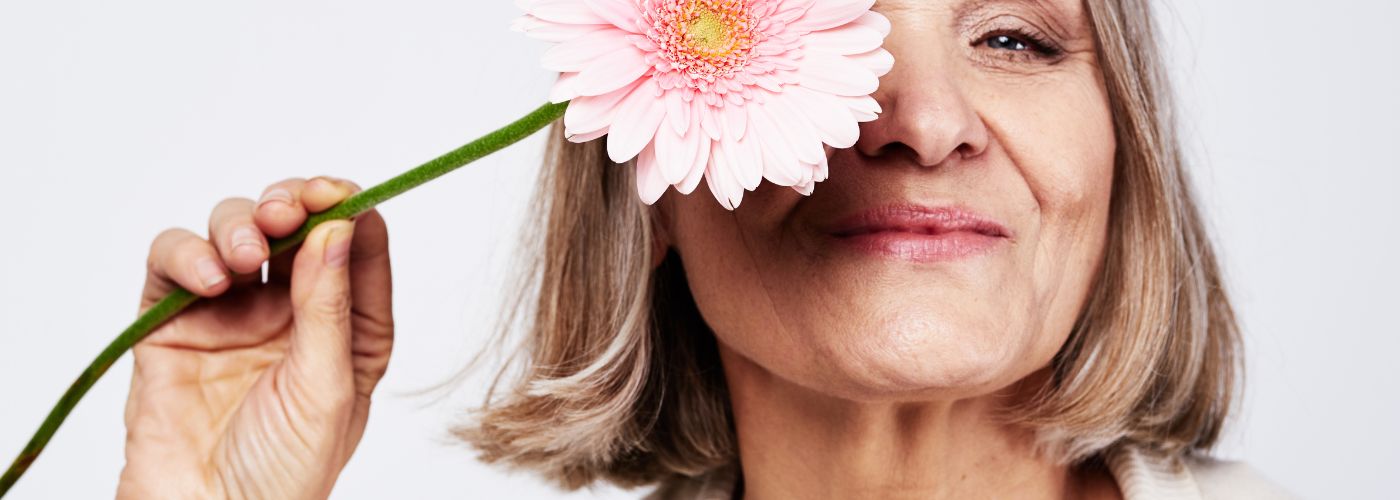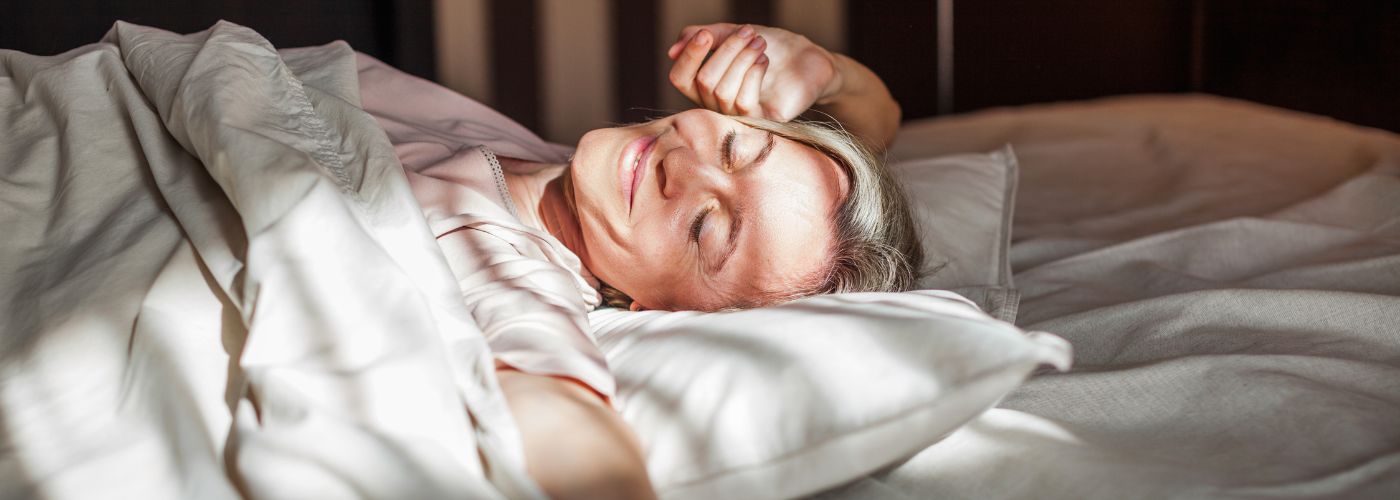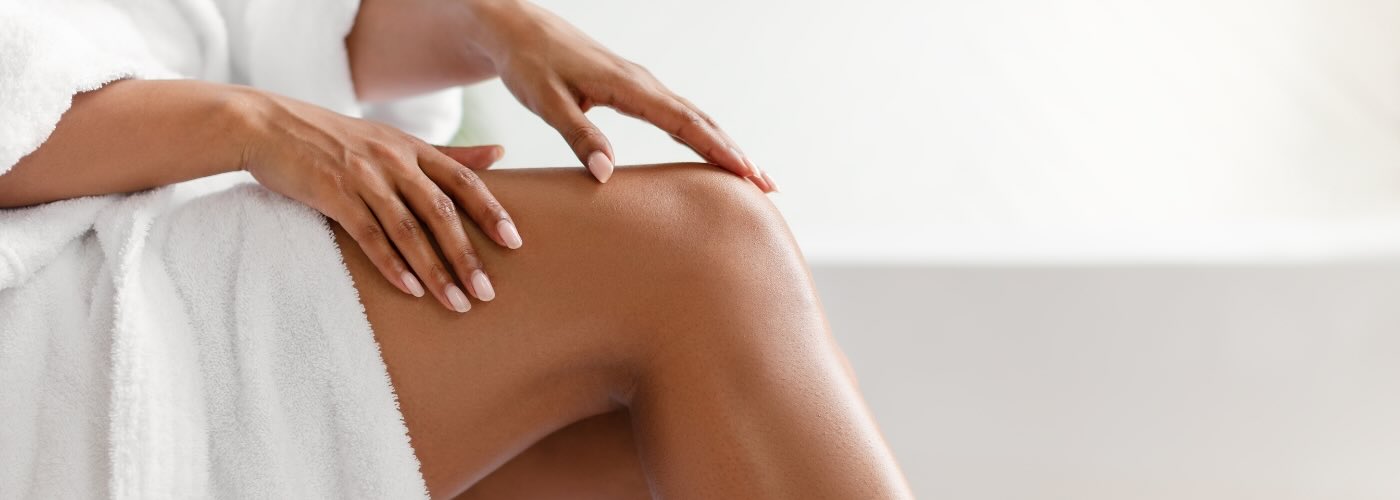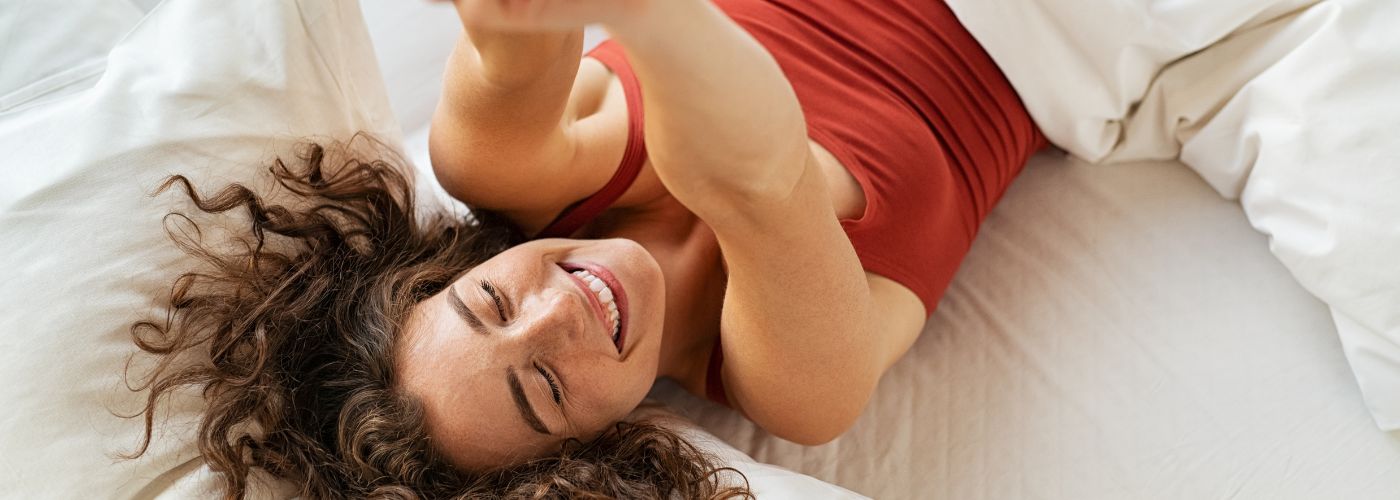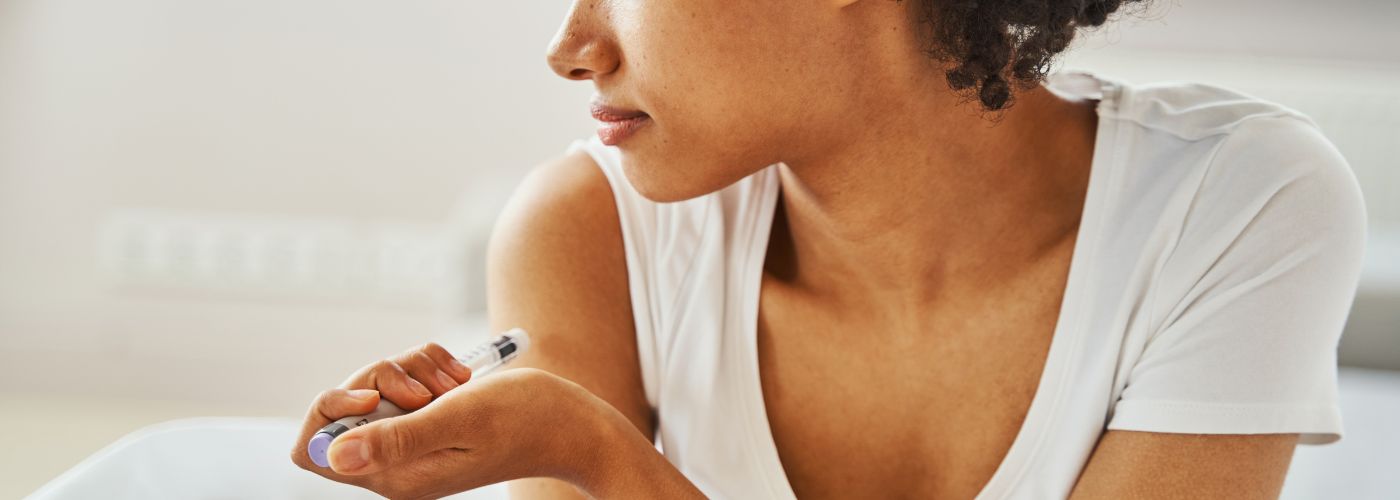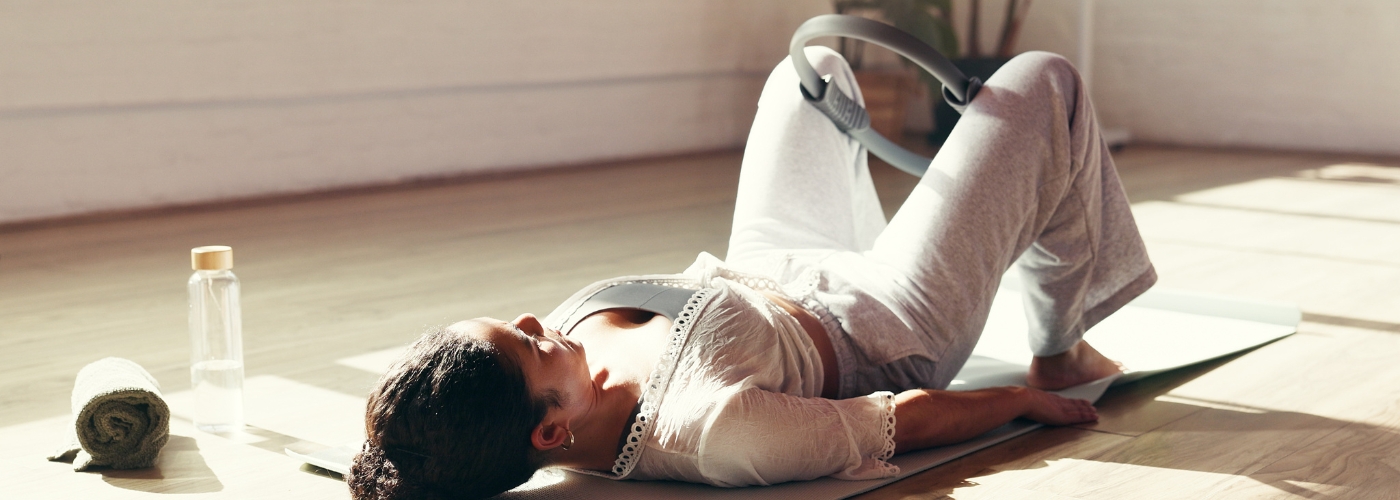
The pelvic floor is a powerhouse that often goes unnoticed until life stages, such as childbirth, aging, or hormonal shifts, make themselves apparent. Changes in vaginal tightness, diminished sexual satisfaction, or new bladder concerns can signal that it’s time to consider options for both form and function.
When you notice the existence of your pelvic floor and it needs help, two approaches frequently emerge: vaginal rejuvenation and pelvic floor therapy.
The Pelvic Floor Is Important
The pelvic floor isn’t just the bottom of the abdominal cavity – it’s a composite sling of muscles, ligaments, and connective tissue that supports the pelvic organs and helps coordinate several basic bodily functions. When it’s working well, it quietly stabilizes the lower internal organs and supports the jobs they carry out; when it’s not, everyday tasks such as coughing, lifting, or laughing can reveal weakness or discomfort.
Some of the pelvic floor’s essential responsibilities include:
- Support of pelvic organs Keeping the bladder, uterus, and rectum in their proper position and preventing prolapse
- Control of output Contracting and relaxing in the correct sequence to allow controlled bladder and bowel emptying
- Sexual function Contributing to vaginal tone, sensitivity, and muscular coordination, it can influence arousal and orgasm and affect sexual sensation
- Childbirth support During labor, the pelvic floor stretches to allow the passage of the baby, then gradually recovers postpartum – strength and flexibility help reduce trauma and long-term dysfunction of surrounding structures
- Stabilization of the core Working with the diaphragm, abdominal muscles, and back muscles to stabilize the pelvis and spine, it supports posture and movement
- Pressure regulation It helps manage intra-abdominal pressure during activities like lifting, coughing, or sneezing, preventing leakage or prolapse
In short, the pelvic floor underpins both structural integrity and fine motor control in the pelvic region. When it falters, multiple systems can feel the impact.
Vaginal Rejuvenation
The pelvic floor muscles wrap around the vaginal canal, lending natural tone and support. At the same time, the vaginal tissues themselves can stretch or lose elasticity over time. Pregnancy, childbirth, aging, and hormonal shifts all leave their mark, sometimes weakening muscle tone, sometimes softening tissue integrity, and often a little of both.
Vaginal rejuvenation is intended to restore the structural integrity and elasticity of the vaginal walls and surrounding tissues. It’s commonly sought for postpartum laxity, age-related loss of tone, the desire to enhance sexual stimulation, or to improve vulvovaginal appearance.
The benefits of vaginal rejuvenation include:
- Tightening the vaginal canal
- Relieving vaginal dryness
- Reducing pain with intercourse
- Restoring vaginal sensation
- Preventing recurrent vaginal and urinary tract infections
- Eliminating urinary leakage
Options range from non-surgical, energy-based treatments, like laser or radiofrequency, that stimulate collagen remodeling to surgical approaches to remove excess tissue and repair underlying muscles in cases of more severe vaginal laxity. Less invasive interventions tend to focus on the connective tissue and extracellular matrix, improving collagen density, elasticity, and mucosal support, thereby altering the area’s feel and function.
Pelvic Floor Therapy
Pelvic floor therapy addresses dysfunction from both muscular and neuromuscular perspectives. The muscles underlying the vaginal canal play a pivotal role in function, support, and sensation; therefore, pelvic rehabilitation focuses on strengthening, coordinating, and enhancing the endurance of the pelvic floor muscles. Indications include:
- Urinary or fecal incontinence
- Pelvic organ prolapse symptoms
- Painful intercourse or pelvic pain linked to muscle dysfunction
- Postpartum muscular weakness or impaired coordination
Therapists utilize a toolbox of techniques, including targeted exercises (such as Kegels), biofeedback, and physical therapy devices, to help retrain muscle function, reinforce the underlying framework of the pelvis, improve functional outcomes, and build structural resilience throughout the entire pelvic region.
The Best of Both Worlds
Pelvic floor therapy and vaginal rejuvenation used together can produce complementary benefits. Pelvic exercises prime the muscles to support newly treated tissue, and tightening procedures can address connective tissue deficits that exercises cannot entirely correct.
The combination of muscle support and tissue restructuring directly influences how the vagina feels and functions. Stronger, more responsive muscles help create a sense of firmness and enhance blood flow, which can improve arousal, orgasm, and lubrication. Meanwhile, well-supported tissues prevent laxity and maintain the natural contours of the vaginal canal. Vaginal tightening treatments offer an anatomical reset, complementing the natural muscular support of the pelvic floor but also standing alone as a solution when tissue laxity is the primary concern.
Childbirth and menopause are two of the most common life stages that bring women to seek treatment. After pregnancy, both muscles and tissue may feel stretched; after menopause, hormonal changes can thin and weaken the vaginal lining. Vaginal rejuvenation procedures are uniquely positioned to address those changes by restoring tone, tightening tissue, and enhancing function, whether or not pelvic floor therapy is pursued.
Vaginal rejuvenation and pelvic floor strengthening are not mutually exclusive, and combining the two can:
- Enhance sensation during intimacy Rejuvenation procedures improve tissue tightness, while muscle engagement refines control and responsiveness
- Reduce risk of prolapse Rejuvenation restores tissue firmness, and muscle strengthening provides dynamic support for the bladder, uterus, and rectum
- Improve healing and tissue remodeling Strong, active muscles increase blood flow and nutrient delivery that can support the ongoing effectiveness of vaginal rejuvenation therapies
- Increase bladder control gains Tissue tightening helps reinforce the urethral support structures, while strong pelvic muscles provide active closure
- Amplify lubrication response Improved blood flow from muscle activity, combined with smoother, healthier tissue from rejuvenation, creates an environment that supports natural lubrication
- Promote long-term resilience Even as natural aging continues, the combined approach addresses both the structural and functional aspects of reproductive health
Despite their synergy, there are times when one approach may take precedence or an immediate combination isn’t recommended:
- Active infection, inflammation, or untreated vaginal conditions can delay some interventions
- Recent surgery or trauma may require initial rehabilitation before structural tightening
- Severe pelvic floor dysfunction or prolapse may necessitate staged treatments rather than simultaneous therapy
In these cases, sequencing treatments under the guidance of a cosmetic gynecologist and pelvic floor specialist ensures safety, effectiveness, and optimal healing.
Ultimately, whether the focus is on restoring tissue, retraining muscle, or blending both, the goal is the same: to feel whole, confident, and supported in your most intimate health.
At Aayla, Dr. Taghechian combines compassion and expertise to address concerns ranging from low libido and painful intimacy to hormonal changes and menopausal symptoms. In a private, one-on-one consultation, she’ll take the time to understand your history, listen to your goals, and create a personalized plan that helps you reclaim joy in your sexual wellness.




